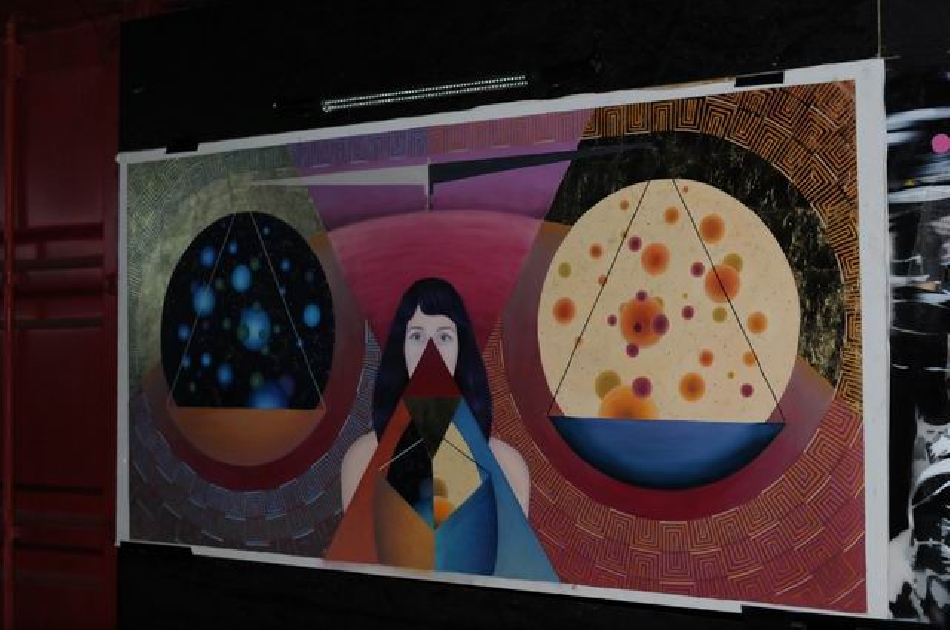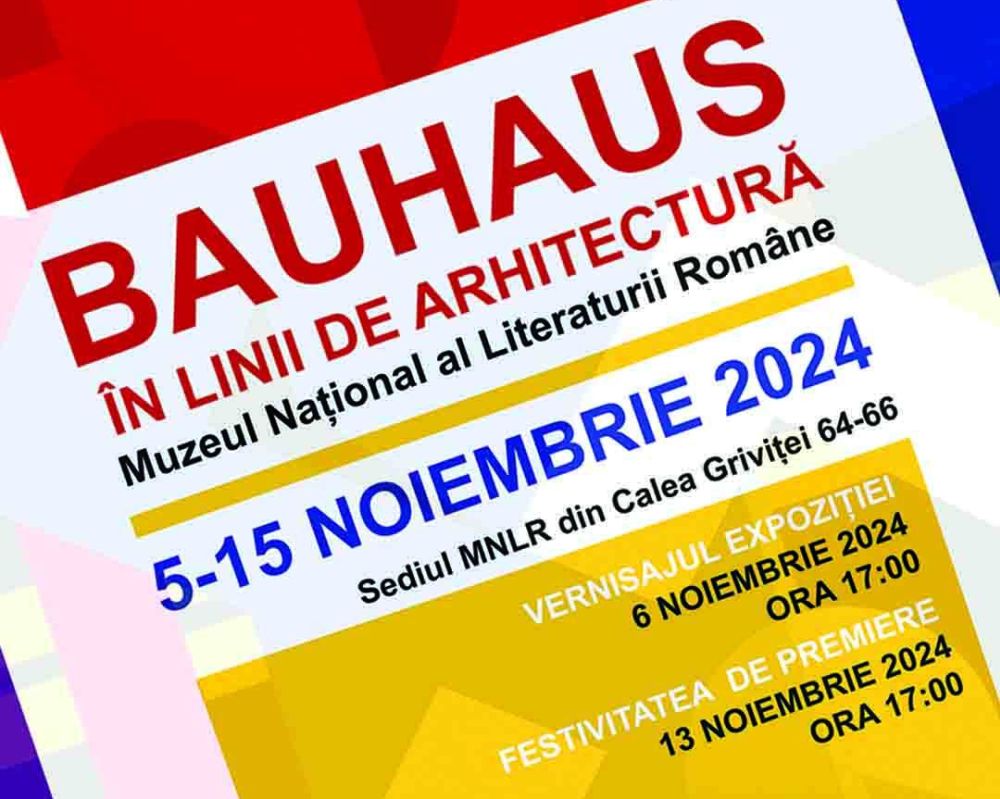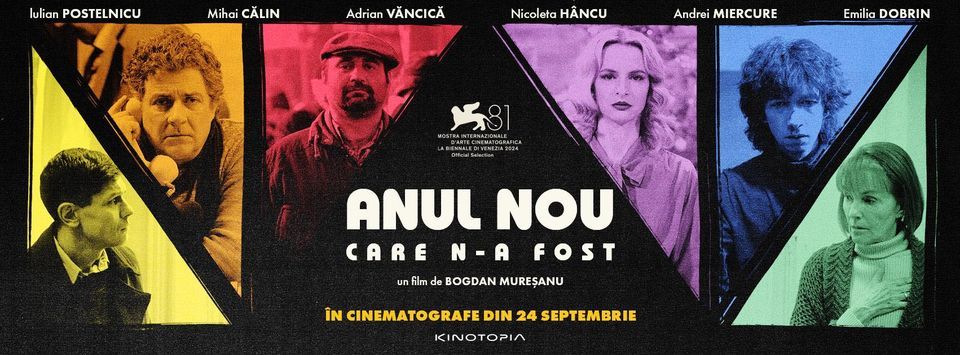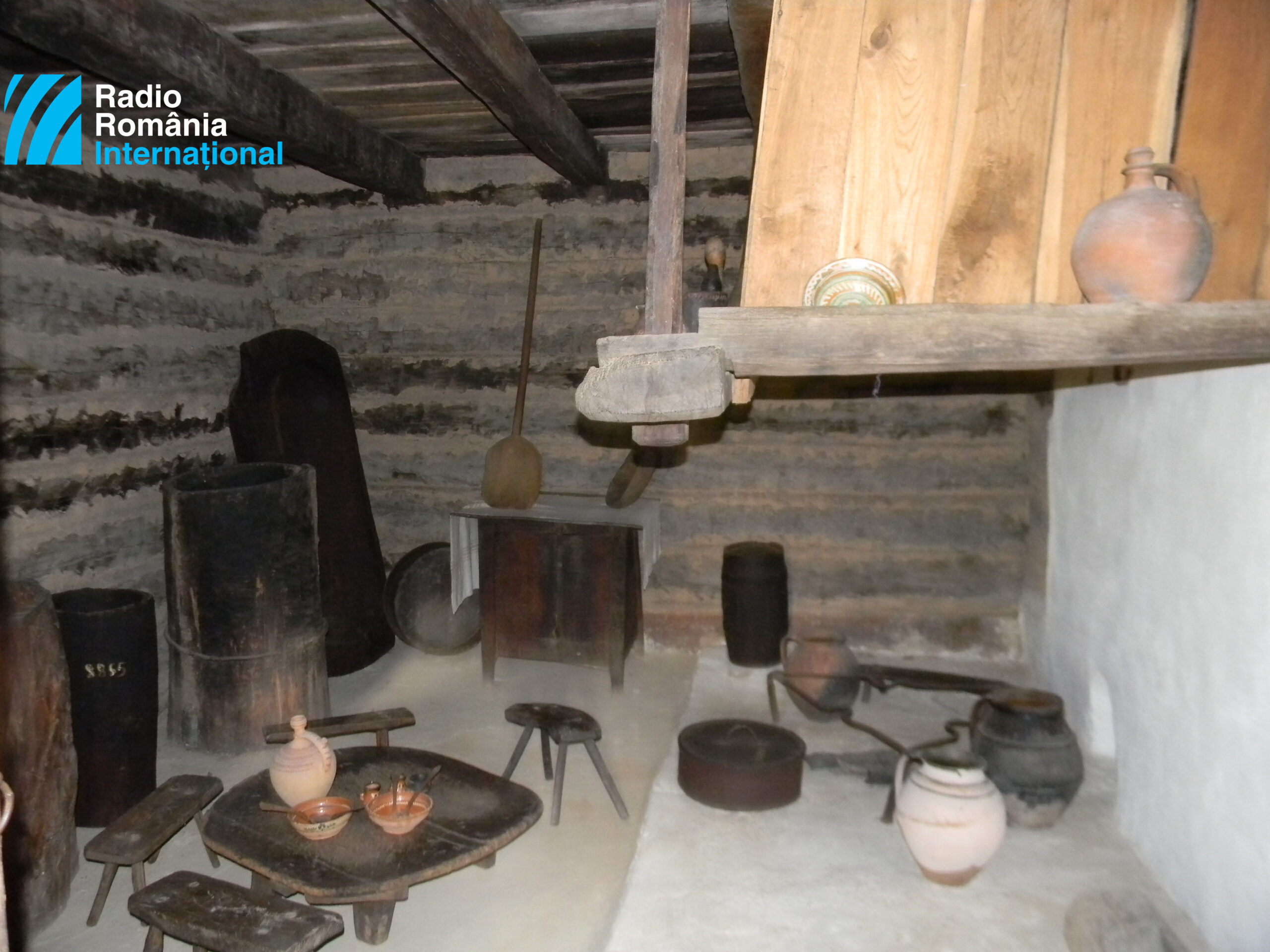The First Street Art Museum in Romania
Starting in November, Bucharest has a new cultural center called Pop-Up Urban Lifestyle Center. This is the first Street Art Museum in Romania.

România Internațional, 08.12.2013, 12:04
The first Street Art Museum in Romania is the work of Claudio Scorretti, a cultural attaché of the Italian embassy in Bucharest and an enthusiastic admirer of Romanian art.
We asked Claudio Scorretti why he felt the need to open a museum for artists who prefer to exhibit their art on walls in the city, and not in art galleries: “I’ve been following the street art phenomenon for over 30 years, I saw it in New York, because that is where I was living at the time, then in Rome, my native city, then in Paris, Brussels and London. I’ve been in Bucharest for four years now, and I deal with art as well. It seemed to me that these colors on the walls could change the way the city looks, because architecturally Bucharest still bears the print of the communist period.”
10 of the best-known graffiti and street art artists are exhibiting in the museum on Selari Street.
Alexandru Ciubotaru, best known under his stage name Square Cat, told us that this is the dream space of many of his peers: “This is a highly coveted space for graffiti artists, the Selari street area, a huge space, bordered by walls which we want full of color, not gray and rough. Because weather was not on our side, and drawing right on the walls involved some scaffolding and a lot of money spent on paint and other materials, we used some panels where a lot of artists contributed to a mosaic of works that were the fruit of their own imagination, little pieces of organized street art.”
According to Alex Ciubotaru, artists who choose graffiti as their medium take on risks you would not even imagine. If during the communist period no one would have dared draw on the walls of the capital of the Socialist Republic of Romania, after 1990 things were not much easier. It took 16 years for a wall in Romania, that of the French Cultural Institute, to be used as a support for graffiti, as part of the institution’s 70th anniversary.
Of course, not everyone likes graffiti, therefore it was quickly covered over, says Alex Ciubotaru: “Reactions were not good, but the stir it created has helped us. There have been some more attempts to legalize us and promote artists who are in the shadows, as their form of art is considered little more than doodling on walls. Bucharest needs these artists. Now the discussion is around the question of whether street art will continue in its most sincere and correct form. In the end it is an illegal form of intervention. You need to be quite motivated to decide to go, two o’clock at night, and do this in a public space, accepting all criticism and praise. The sincere form of this art is the decision of an artist to relinquish earnings, because many times you hide behind a pseudonym, and you give up fame and all other benefits. Interventions of this kind are needed. What I did with Square Cat was simply to intervene in specific locations across Bucharest where I felt there was potential. A little color and a bit of form in some dilapidated areas are good, I believe.”
Back on Selari Street 4, Claudio Scorretti is happy with the way people react to the exhibits populating the old center: “People love to take photos of themselves with these panels in the Street Art Museum, and maybe that will attract a wider audience. This is a way to get in touch with art in a fun way.”
We asked Alex Ciubotaru which is the nicest piece of graffiti in Bucharest in his opinion. He told me it’s at North Station, the main train station in Bucharest. “This is a wall on Platform 14, painted as part of the Train Delivery festival, which has a great impact, it is quite visible, and beautiful. The location of this wall delights me, but also the work in itself.”
If you get to Bucharest, especially if you come by train, you should not miss Platform 14 and Selari Street, with its Street Art Museum. You can even buy works by the exhibiting artists from the containers turned into a makeshift shopping center.






























